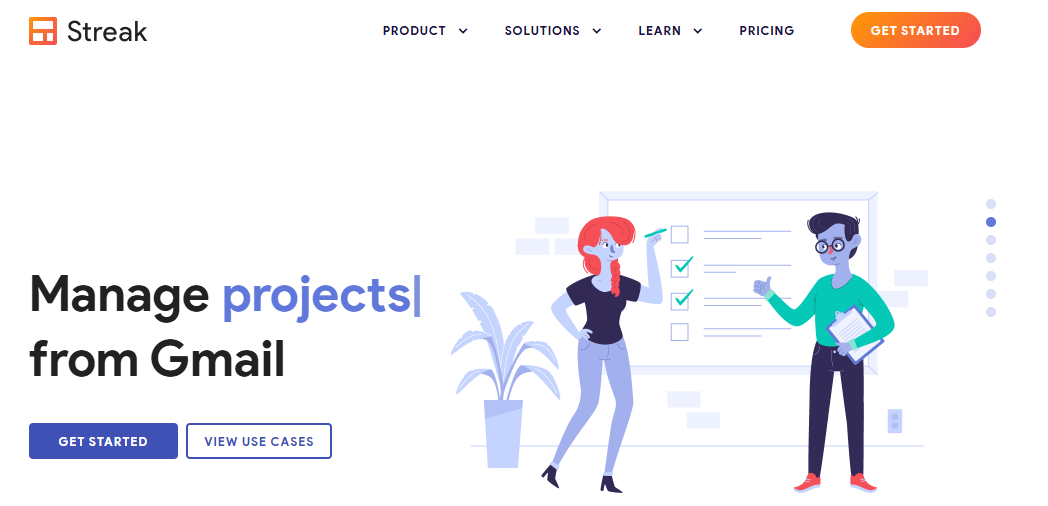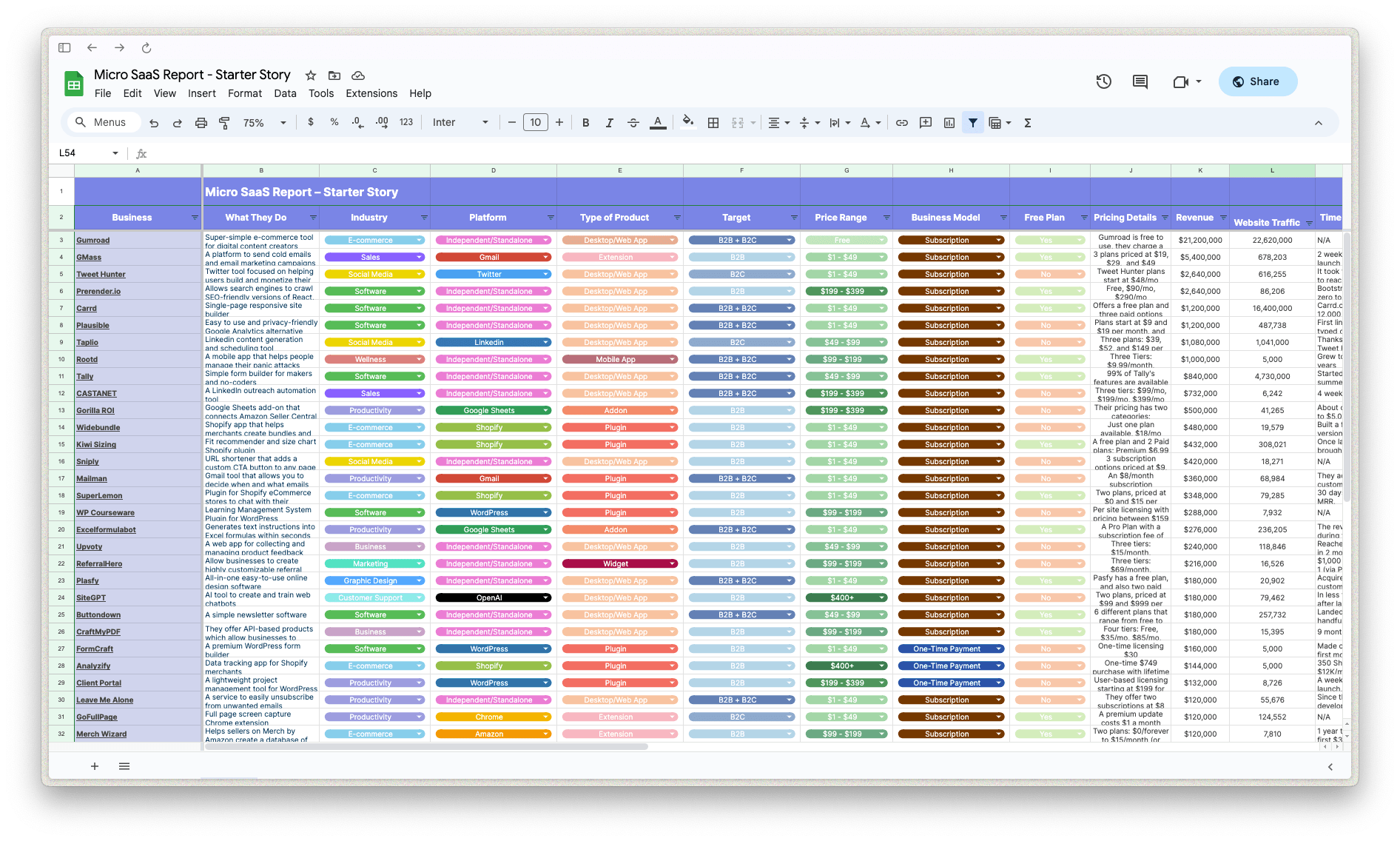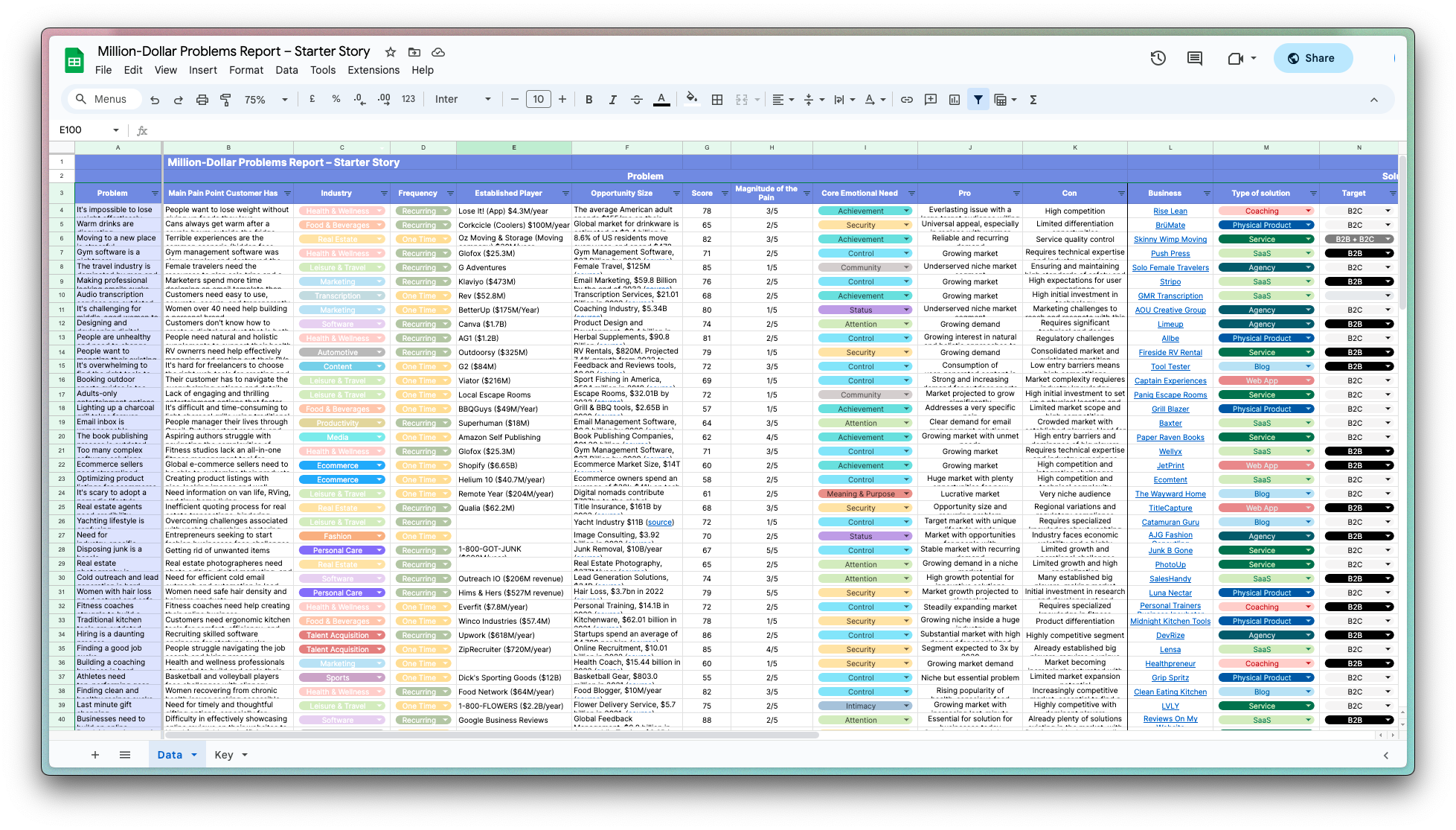How Aleem Mawani Built a $10M ARR CRM Business in Gmail
Who is Aleem Mawani?
Aleem Mawani, the founder of Streak, studied mechanical engineering at Stanford and previously worked at Google, before launching Streak in 2012 with a focus on integrating CRM tools directly with Gmail.
What problem does Streak solve?
Streak integrates CRM functionalities directly into Gmail, eliminating the hassle of switching between platforms, which saves users time and improves workflow efficiency.

Founder-Market Fit
Skills
What skills did Aleem Mawani have that led to their success?
Disclaimer: The initial draft of this article was compiled by the Starter Story team based on publicly available interviews, podcasts, and other content from the founder. See the sources we used here.

Download the report and join our email newsletter packed with business ideas and money-making opportunities, backed by real-life case studies.

Download the report and join our email newsletter packed with business ideas and money-making opportunities, backed by real-life case studies.

Download the report and join our email newsletter packed with business ideas and money-making opportunities, backed by real-life case studies.

Download the report and join our email newsletter packed with business ideas and money-making opportunities, backed by real-life case studies.

Download the report and join our email newsletter packed with business ideas and money-making opportunities, backed by real-life case studies.

Download the report and join our email newsletter packed with business ideas and money-making opportunities, backed by real-life case studies.

Download the report and join our email newsletter packed with business ideas and money-making opportunities, backed by real-life case studies.

Download the report and join our email newsletter packed with business ideas and money-making opportunities, backed by real-life case studies.













